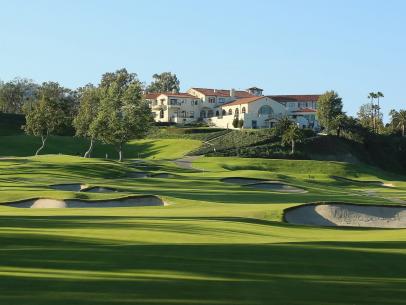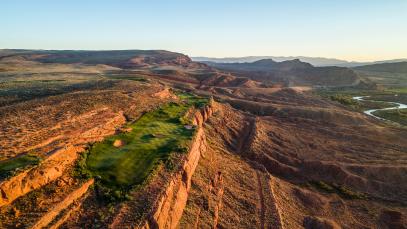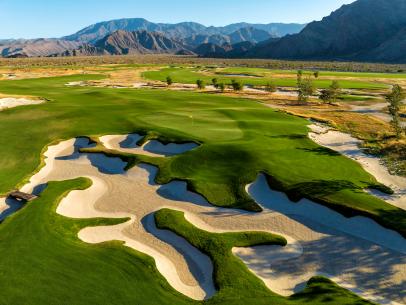Courses
America's best courses on the water, ranked
As you drive north on I-95 and cross the border into Maine, a sign welcomes you and reads “The way life should be.” A golfer playing a course on the water—where holes blend with the coast to create both strategic and aesthetic beauty—may feel a similar sentiment: “The way golf should be.”
We've determined this list of America's best courses on the water based on panelists’ scores from our most recent 100 Greatest and Second 100 Greatest rankings. Of course, there is a hint of subjectivity involved; what qualifies as “on the water?” Do courses that play along lakes, harbors or sounds count?
We settled on a two-part litmus test. First, the body of water must be substantial—oceans, large lakes, harbors or coastal estuaries count. A small river or stream doesn’t pass this test. Second, the water must be in play, meaning a poor shot is likely to find the trouble at some point during the round. With this litmus test, we achieve our goal: Identifying our nation’s best courses that combine the unique strategy and aesthetics of playing on the water.
Scroll on for the complete ranking of America's best courses on the water, and be sure to click through to each individual course page for bonus photography and reviews from our course panelists. We also encourage you to leave your own ratings on the courses you’ve played … so you can make your case for why a course should be higher or lower on our rankings.
America's best courses on the water

From Golf Digest Architecture Editor emeritus Ron Whitten: Cypress Point, the sublime Monterey Peninsula work of sandbox sculpture, whittled Cypress and chiseled coastline, has become Exhibit A in the argument that classic architecture has been rendered ineffectual by modern technology. I'm not buying that argument. Those who think teeny old Cypress Point is defenseless miss the point of Alister MacKenzie’s marvelous design. MacKenzie relished the idea that Cypress Point would offer all sorts of ways to play every hole. That philosophy still thrives, particularly in the past decade, after the faithful restoration of MacKenzie’s original bunkers by veteran course superintendent Jeff Markow.
Read our architecture editor's complete review
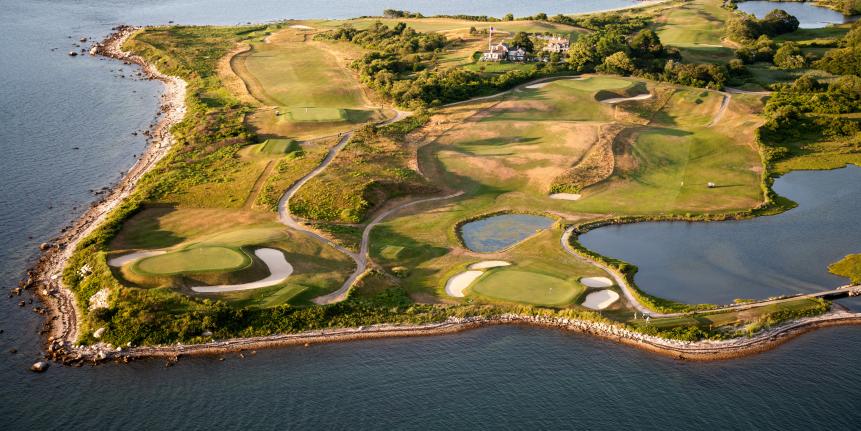
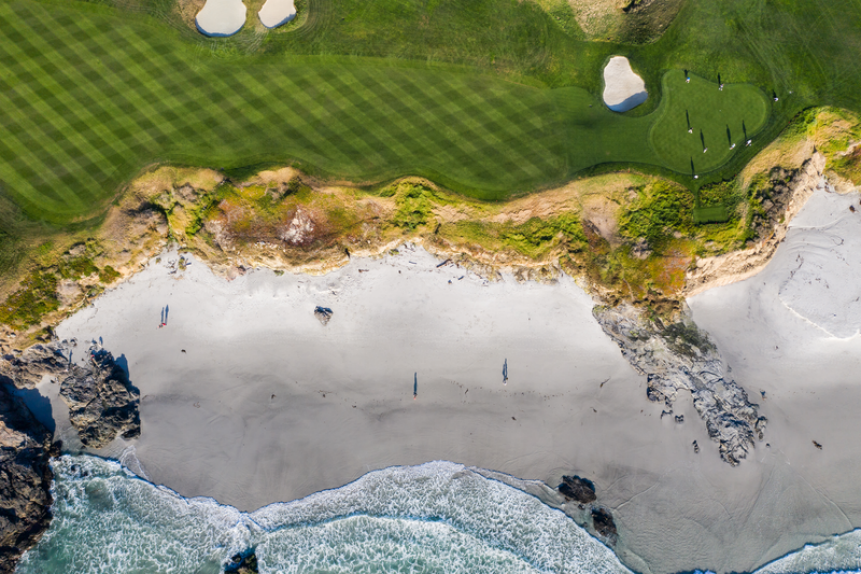
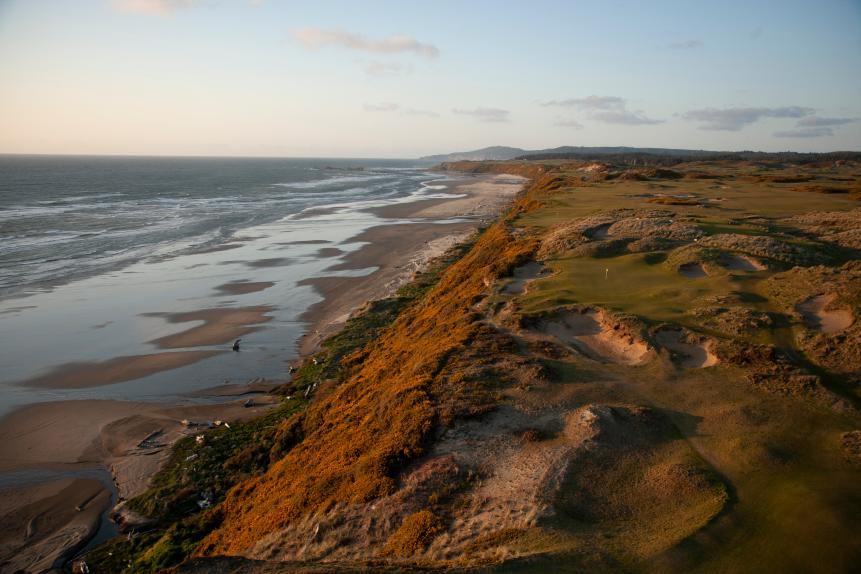
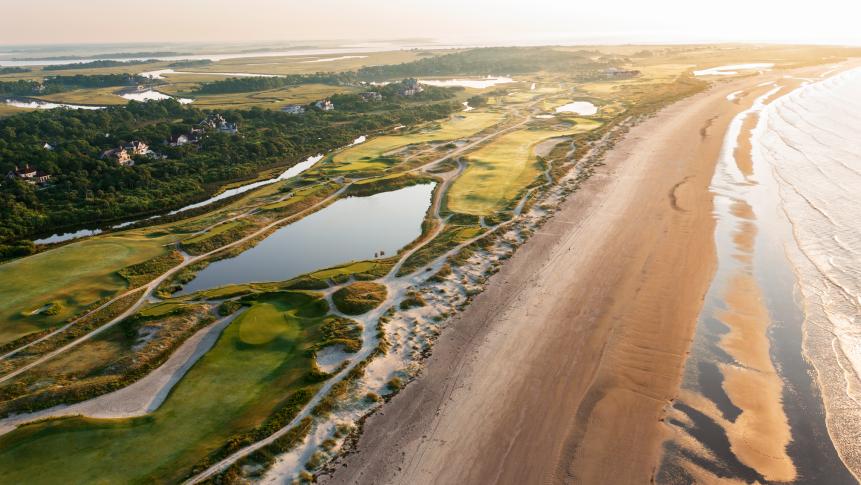
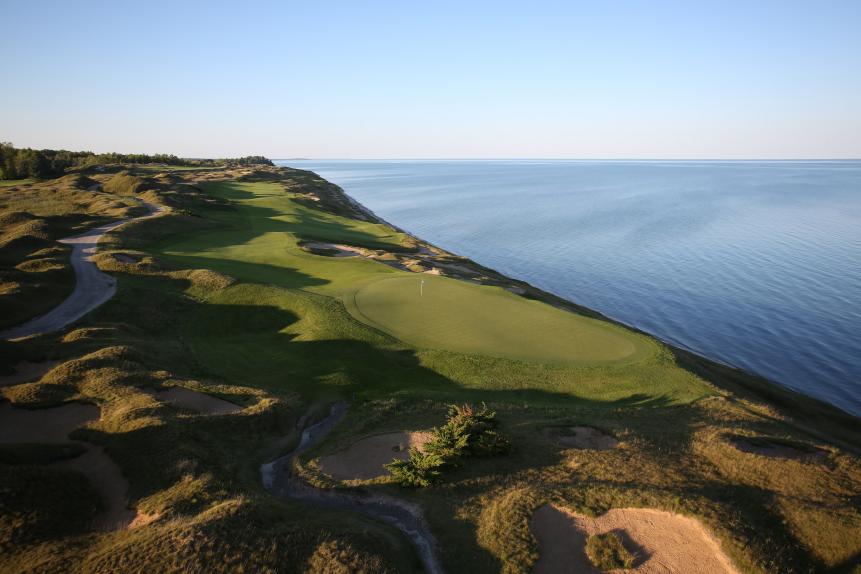
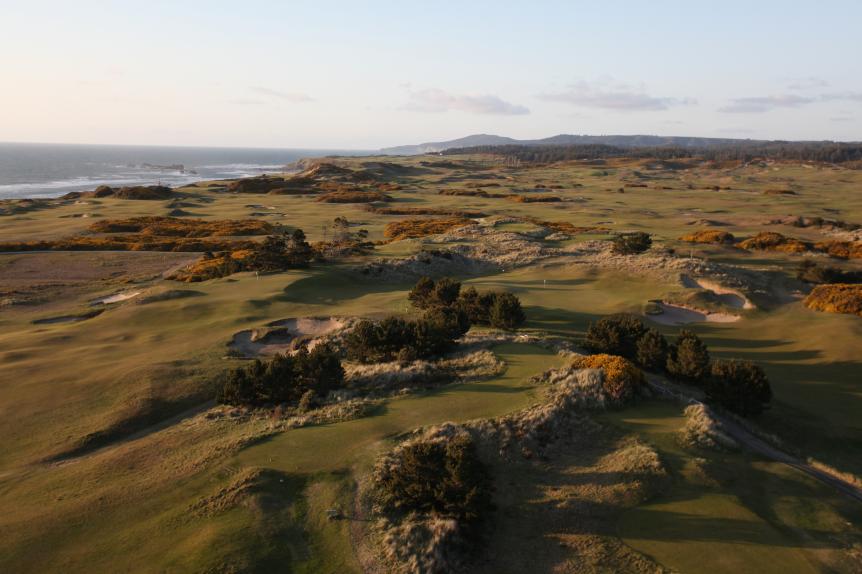
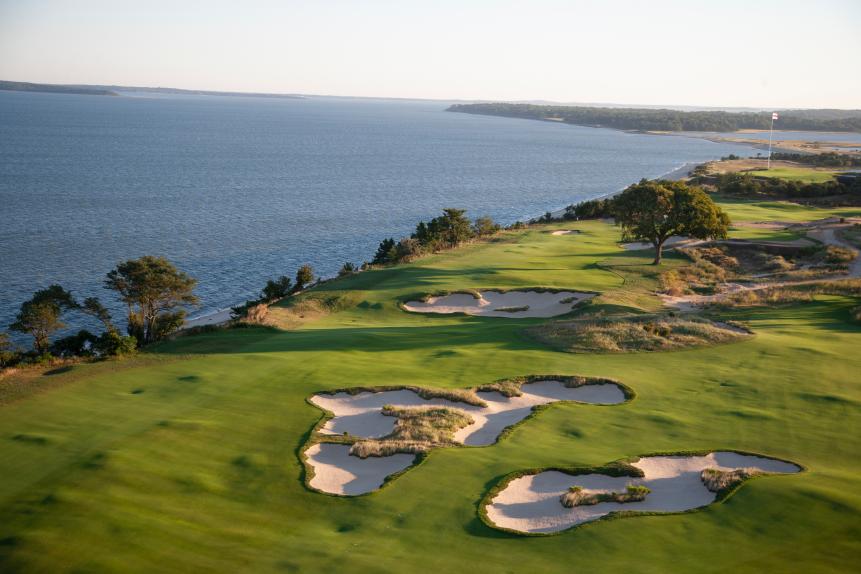
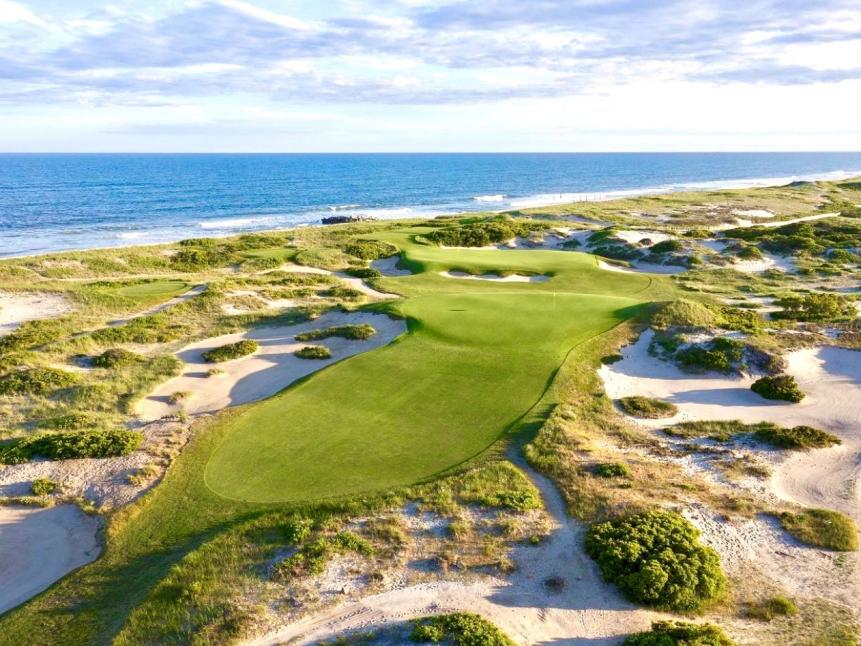
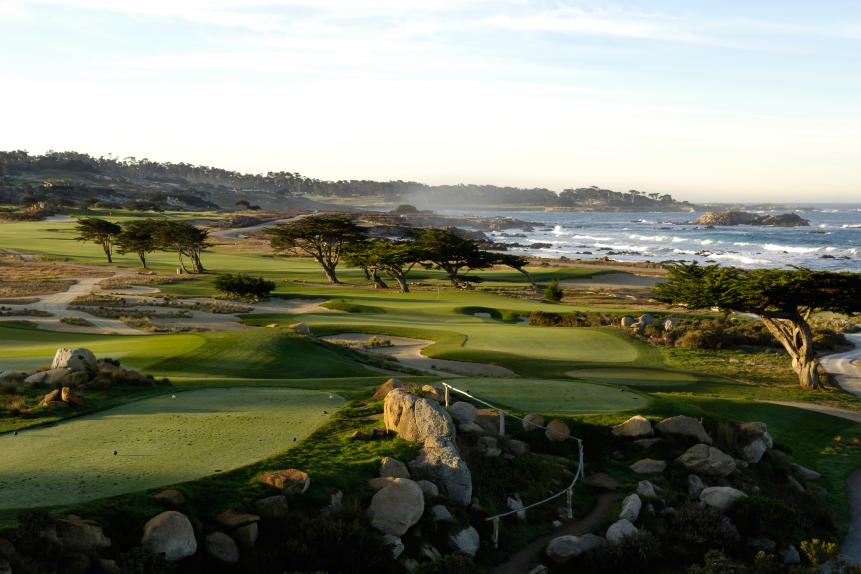
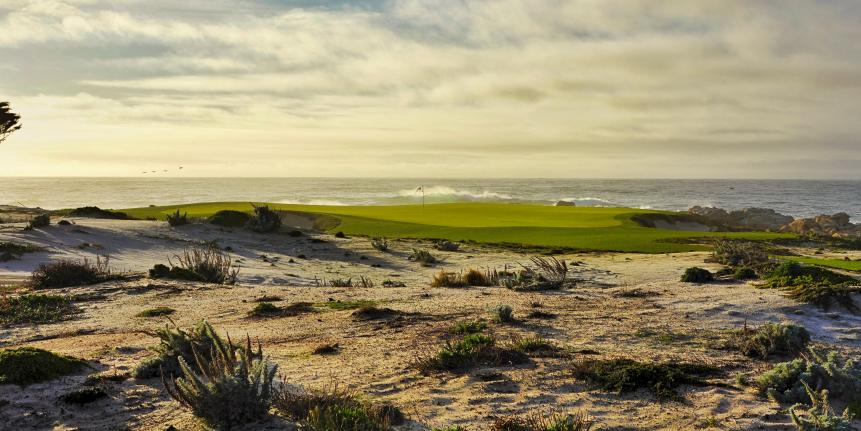
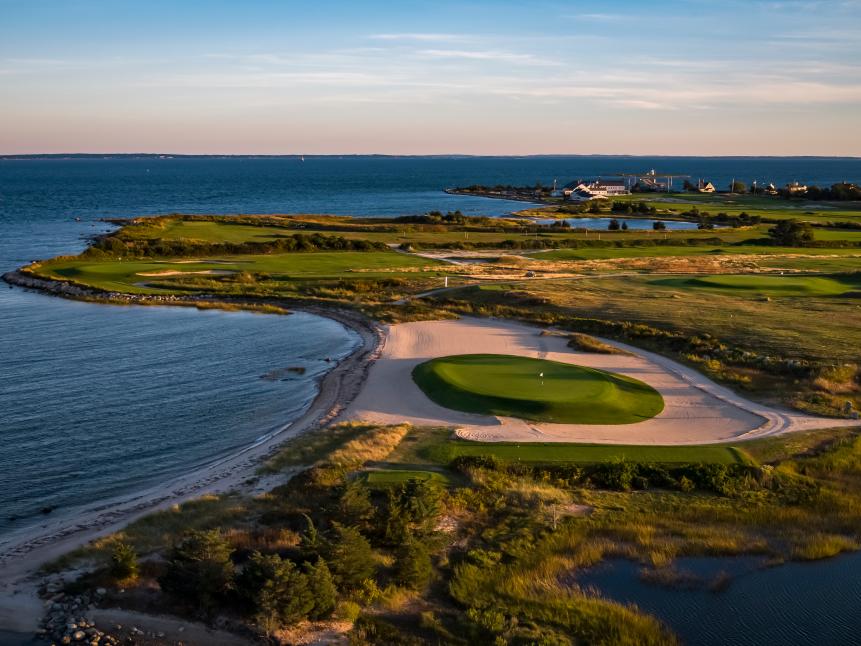

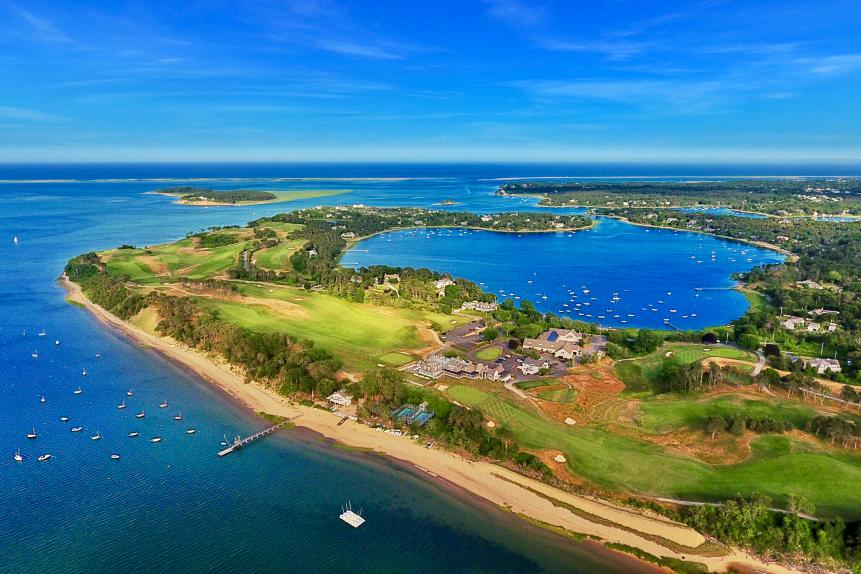

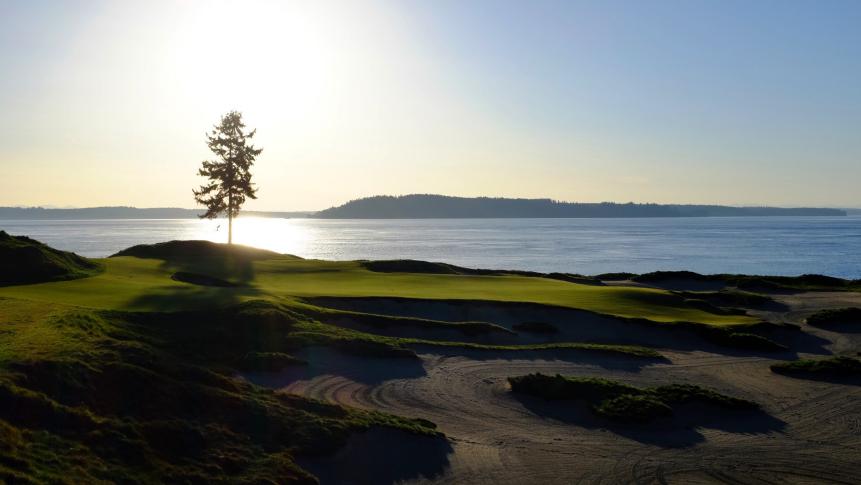
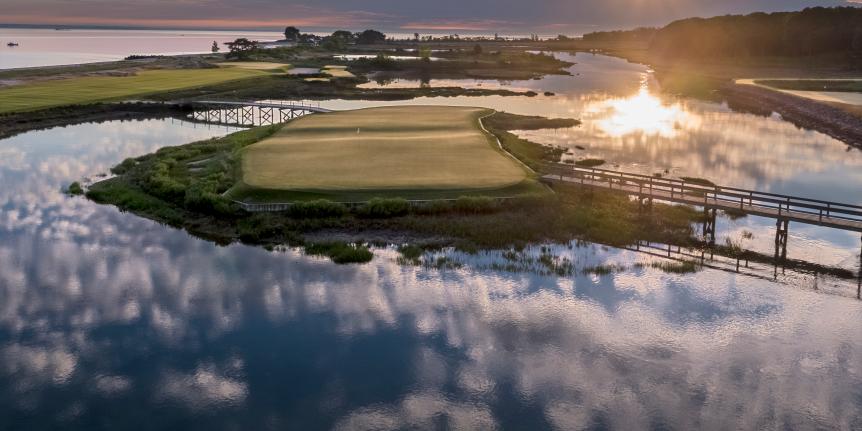
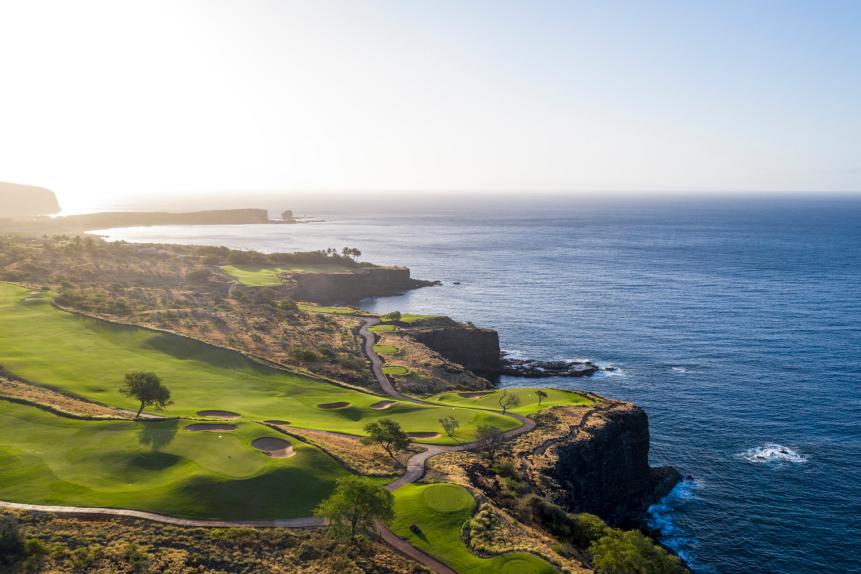
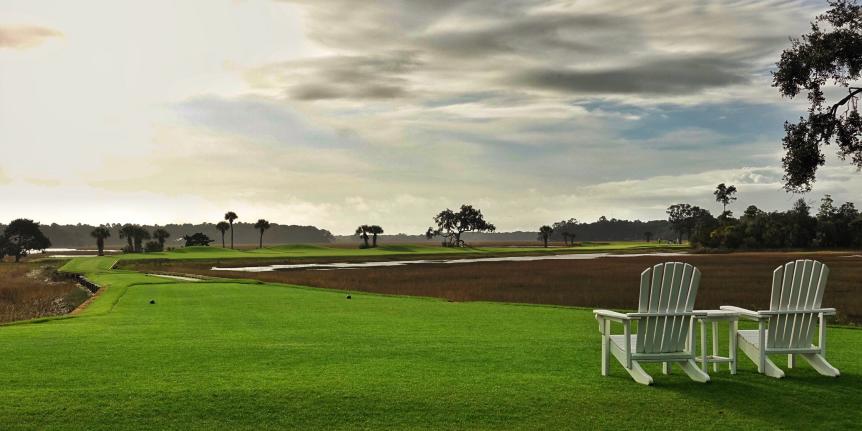
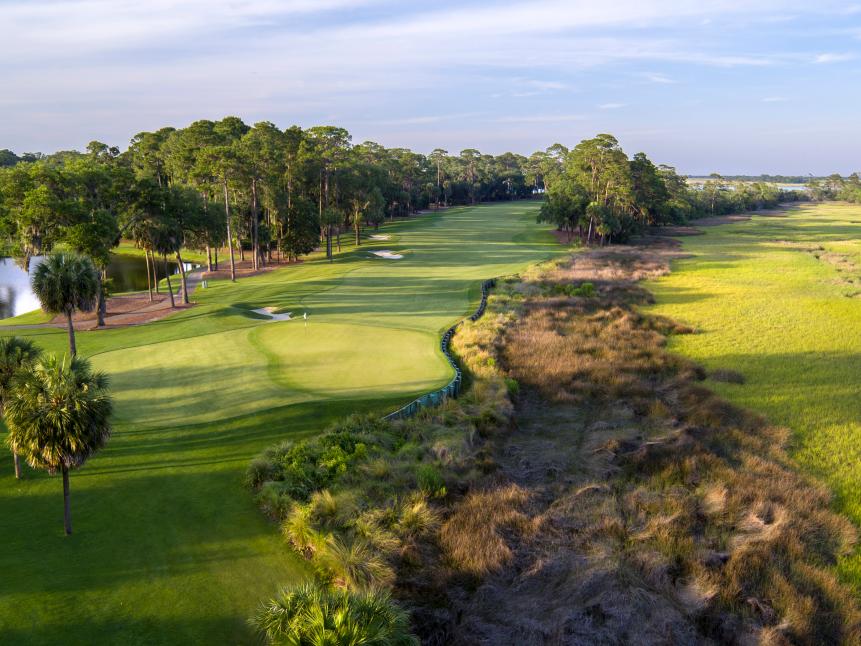


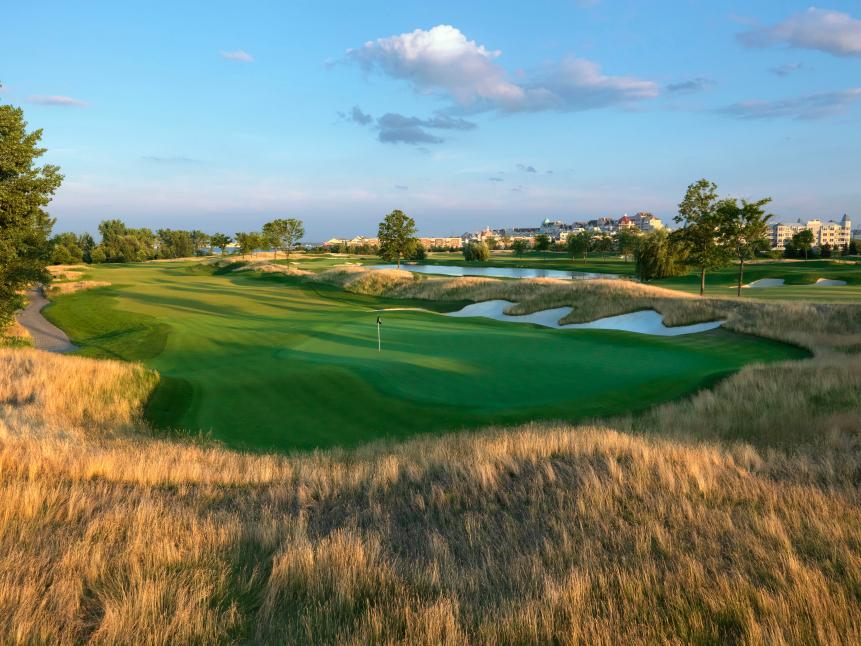
%20-%20Jon%20Cavalier.jpeg.rend.hgtvcom.861.485.suffix/1573163040843.jpeg)

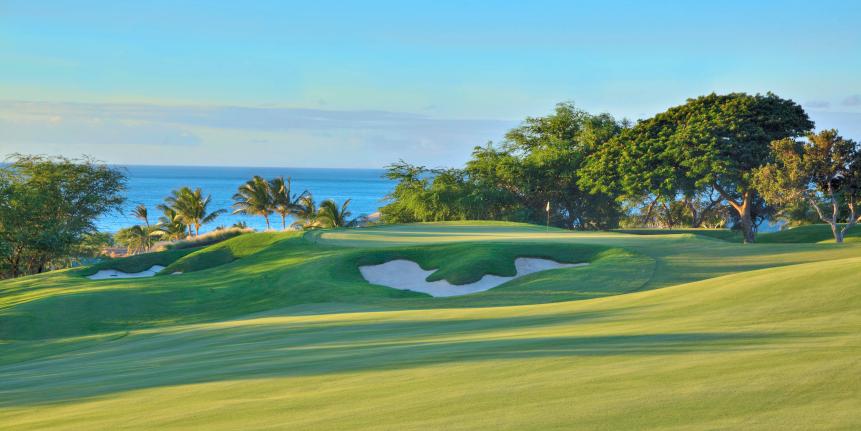
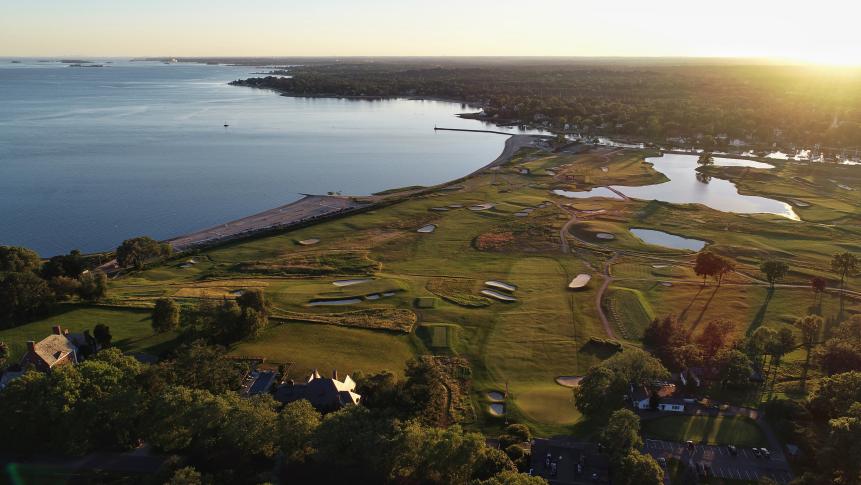
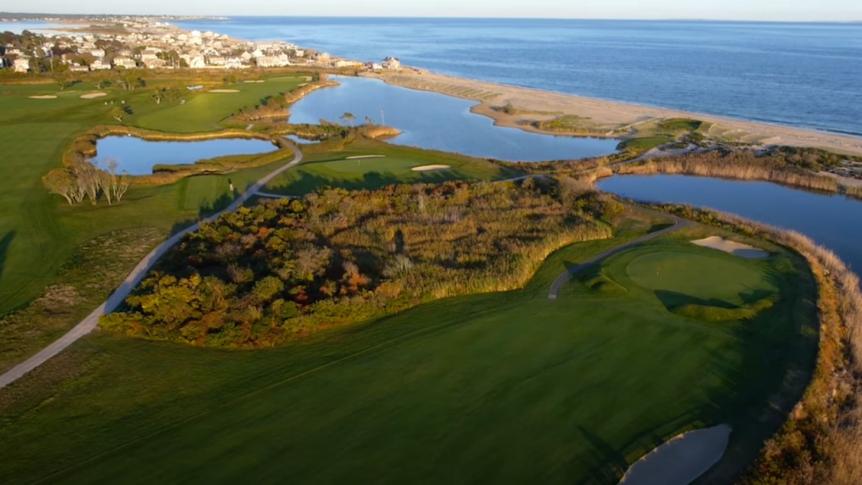
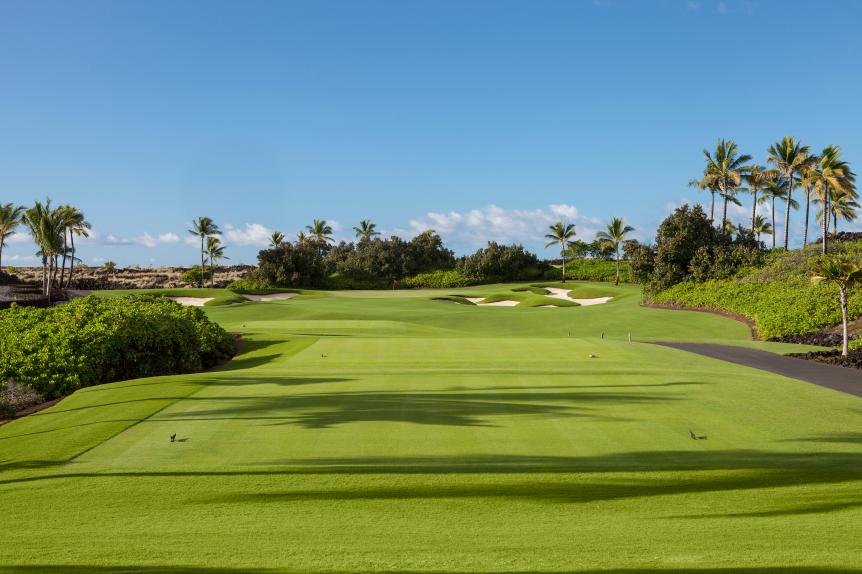
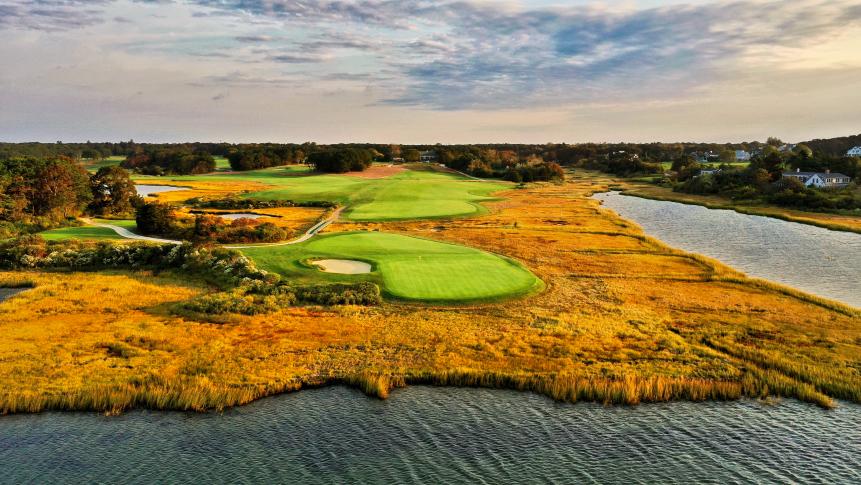
• • •
Explore Golf Digest's new Course Reviews section where you can submit a star rating and evaluation on all the courses you’ve played. We've collected tens of thousands of reviews from our course-ranking panelists to deliver a premium experience, which includes course rankings, experts' opinions, bonus course photography, videos and much more. Check it out here!

